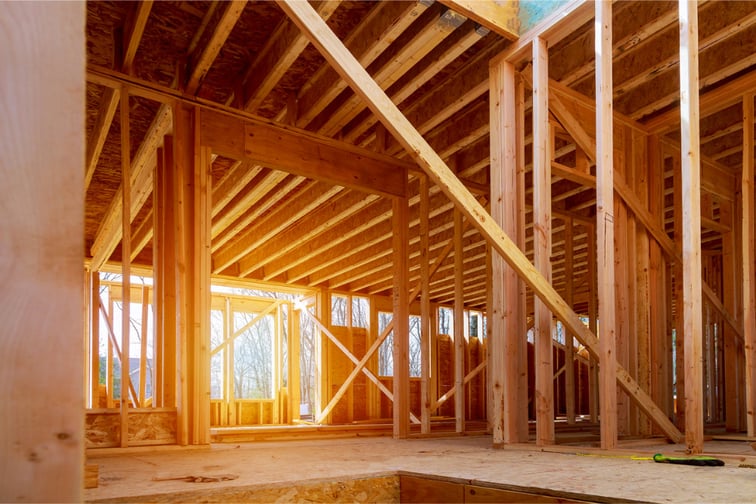

Building activities for detached homes in the 12 months to September 2021 are the highest they’ve ever been, but this is not evident by looking at the September quarter alone, according to Housing Industry Association (HIA).
The latest report from Australian Bureau of Statistics (ABS) provided estimates of the value of building work and number of dwellings commenced, completed, under construction and in the pipeline across Australia.
Tom Devitt, economist at HIA, said the lockdown had hit major capital cities like Sydney and Melbourne in the September quarter, restricting movement and resulting in 16.5% decline for new detached homes.
The cause of the steep falls? Devitt pointed to slower commencements after the HomeBuilder scheme. If it had gone as scheduled, he said it would have translated to an increase in new house completions from the June 2021 quarter.
“The constraint on home building is not demand but the availability of land, labour and materials, Devitt said. “The shortage of labour and materials has led to construction timeframes increasing significantly.”
Still, there were around 36,000 new house commencements in the September quarter, putting detached house commencements at 149,345 – still topping the pre-HomeBuilder record of 132,377 in 1988-89. The report has also shown the highest “volume of approved-but-not-yet-commenced work … in over a decade.”
“The decline in new home commencements in the September quarter was not a reflection of a slowing market, with other indicators, such as building approvals, showing a continued strong pipeline,” Devitt said. “Despite the decline, this is still stronger than any quarter before the mid-2020 introduction of the HomeBuilder grant.”
All states and territories contributed to the decline in new house commencements, with the Northern Territory experiencing the worst plummet at 65.5%.
Similarly, the number of new multi-unit commencements fell by 15.8% to 20,500 in the September quarter but was still up 11.7% for the year. Tasmania, Western Australia and Victoria saw an increase by 240.4%, 37.2% and 17%, respectively.
“The current boom is expected to continue supporting strong levels of employment into 2023, aided further by record low interest rates and the pandemic pushing households towards lower density living,” Devitt said. “Strong employment conditions, rising house prices and consumer confidence are also continuing to support housing demand.”
